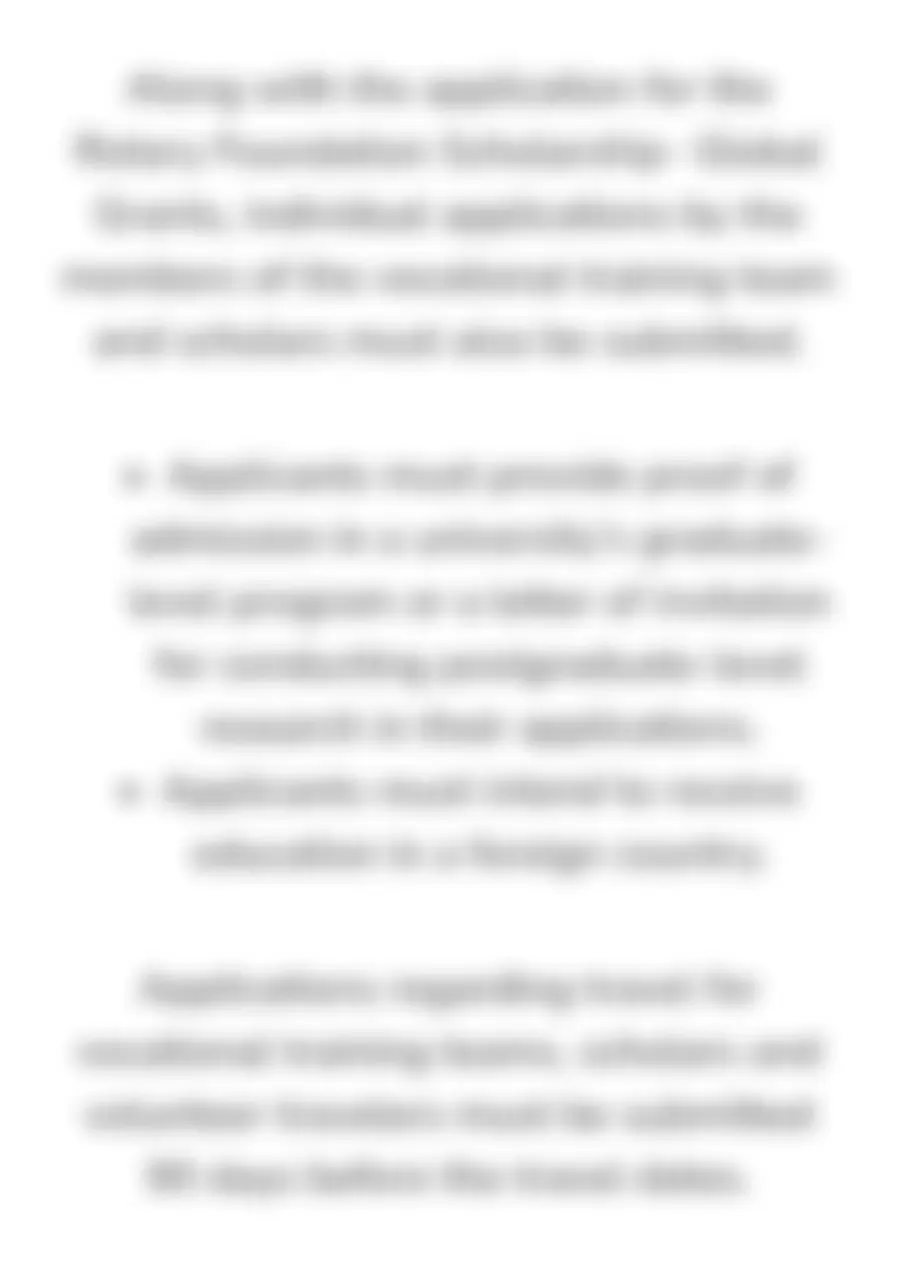QS Rank:

6

Stanford University

California
,United States

Program Rank

6

Program Name
Bachelor of Science in Biomedical Computation

Deadline
January 05th, 2025
Overview
Stanford University's Bachelor of Science in Biomedical Computation program is a meticulously designed curriculum that combines the fields of biomedicine, computer science, and engineering. The program is structured to provide students with a solid foundation in the underlying biological principles, computational methodologies, and engineering techniques essential for solving advanced healthcare problems. Over a span of 48 months, students will delve into various subjects, including bioinformatics, data analysis, and medical imaging. The curriculum is tailored to equip students with the necessary skills to thrive in the constantly evolving landscape of biomedical technologies.
Core courses within this program cover a wide range of critical topics. Students will engage in classes such as Biomedical Data Science, where they will learn how to extract meaningful insights from biological data sets. Furthermore, courses like Medical Imaging and Biomolecular Engineering provide practical applications of theoretical knowledge, allowing students to explore real-world biomedical challenges. The integration of practical lab sessions enables students to gain hands-on experience, which is vital for their future careers.
Another pivotal aspect of the program is the active involvement of esteemed faculty members who bring a wealth of experience and knowledge to the classroom. Stanford's faculty comprises leading experts in various fields, including leading researchers and practitioners in biomedical technology and data analysis. Their teaching methodology emphasizes interactive learning and problem-solving, encouraging students to engage critically with complex issues. Faculty members also mentor students in research projects, fostering an environment that promotes innovation and creative thinking.
Research opportunities within the Biomedical Computation program are abundant, with access to cutting-edge laboratories and resources. Students are encouraged to participate in various research initiatives, often collaborating with faculty on groundbreaking projects that address pressing health issues. The availability of resources such as the Stanford Neurosciences Institute and the Stanford Institute for Stem Cell Biology and Regenerative Medicine provides an enriching research environment. This exposure allows students to contribute to real-world solutions while building their professional portfolios.
Moreover, students benefit from Stanford University's extensive industry connections. The program maintains strong relationships with leading companies and healthcare organizations, which provide students with internship opportunities and job placements upon graduation. Notable recruiters include industry giants like Amazon, Apple, Medtronic, and Kaiser Permanente, among others. These partnerships not only enhance students’ practical experiences but also significantly improve their employability in a competitive job market.
Graduates of the Biomedical Computation program can anticipate a variety of career pathways. Potential job roles include Biomedical Engineer, Clinical Research Associate, Medical Laboratory Scientist, and more. The median base salary for graduates stands at an impressive $116,983, reflecting the high demand for qualified professionals in this field. Alumni from the program have successfully secured positions in renowned organizations, contributing to advancements in health technologies and research methodologies.
Why Study Biomedical Computation at Stanford University?
- A comprehensive curriculum that integrates biological sciences, engineering, and computer science.
- Access to world-class faculty who are leaders in their fields and are dedicated to student success.
- Robust research opportunities that promote innovation and hands-on learning.
- Strong industry connections with leading companies, enhancing internship and job placement opportunities.
- High median salaries reflecting the value of a Stanford education in the workforce.
The program also emphasizes the importance of diversity and inclusivity, welcoming students from various backgrounds. The class size averages around 20 students, allowing for personalized attention and fostering an interactive educational experience. The student body exhibits a healthy mix of local and international representation, contributing to rich discussions and collaborations. The average age of students is 18, making it an ideal environment for young scholars eager to embark on their academic journeys.
To be eligible for the Bachelor of Science in Biomedical Computation program, applicants must fulfill specific prerequisites. Required application documents include the Common Application, an application fee, school reports, a counselor letter of recommendation, official transcripts, short essay questions, and two additional letters of recommendation. Additionally, candidates must demonstrate English language proficiency, generally through tests like the IELTS, with a minimum score of 6.5.
Stanford University's Biomedical Computation program stands out not only for its rigorous academic curriculum and esteemed faculty but also for its commitment to fostering innovation in healthcare. The program prepares students to become leaders in the field, equipped with the knowledge and skills necessary to make meaningful contributions to the world of biomedical sciences.

Total Tuition Fees
$2,60,508

Duration
48 Months

Median Salary
$1,16,983
Ranking

#3
US World and News Report

#3
The World University Rankings

#6
QS World University Rankings

Intake
Fall ( Sept - Nov )
Class Profile


Want to Know More? 🤔
Sign up now to access detailed information tailored for your study abroad journey.
Start your journeyCareer Outcomes
Application Pre-requisites
- Common Application
- Application Fee
- School Report
- Counselor Letter of Recommendation
- Official Transcript(s)
- Short Essay Questions
- Two Letters of Recommendation
- Midyear Transcript
- Short Questions
- Personal Essay (Common Application)
- English Language Proficiency

Median Earnings After Graduation
$1,16,983 / year

Graduation Rate
95%
Prospective Job Roles
Clinical Research Associate
Biomedical Engineer
Laboratory Technician
Biomedical Scientist
Medical Laboratory Scientist
Pharmaceutical Scientist
Biotechnologist
Bioinformatics Scientist
Forensic Scientist
Analyst Programmer
Physician Associate
Toxicologist
Top recruiters










Eligibility Criteria
English Proficiency Tests
IELTS
6.5

Application Requirements
Here's everything you need to know to ensure a complete and competitive application—covering the key documents and criteria for a successful submission.

Application Fee: 90

Passport

Statement of Purpose

Resume

IELTS

Class 12 Marksheets

General LOR

General LOR

Academic LOR
Application Deadlines
| Early Action 1 | Standard Deadline | |
|---|---|---|
| Fall | Nov 1, 2024 | Jan 5, 2025 |
Fees and Funding

Tuition Fees
$65,127 / year

Overall Cost
$1,21,646 / year









Ready to elevate your study abroad journey?
Book a call with us now and take the first step towards your global future!
We Value Your Privacy
We use cookies to improve your experience, analyse performance, and personalise content. Learn more in our Privacy Policy.
















